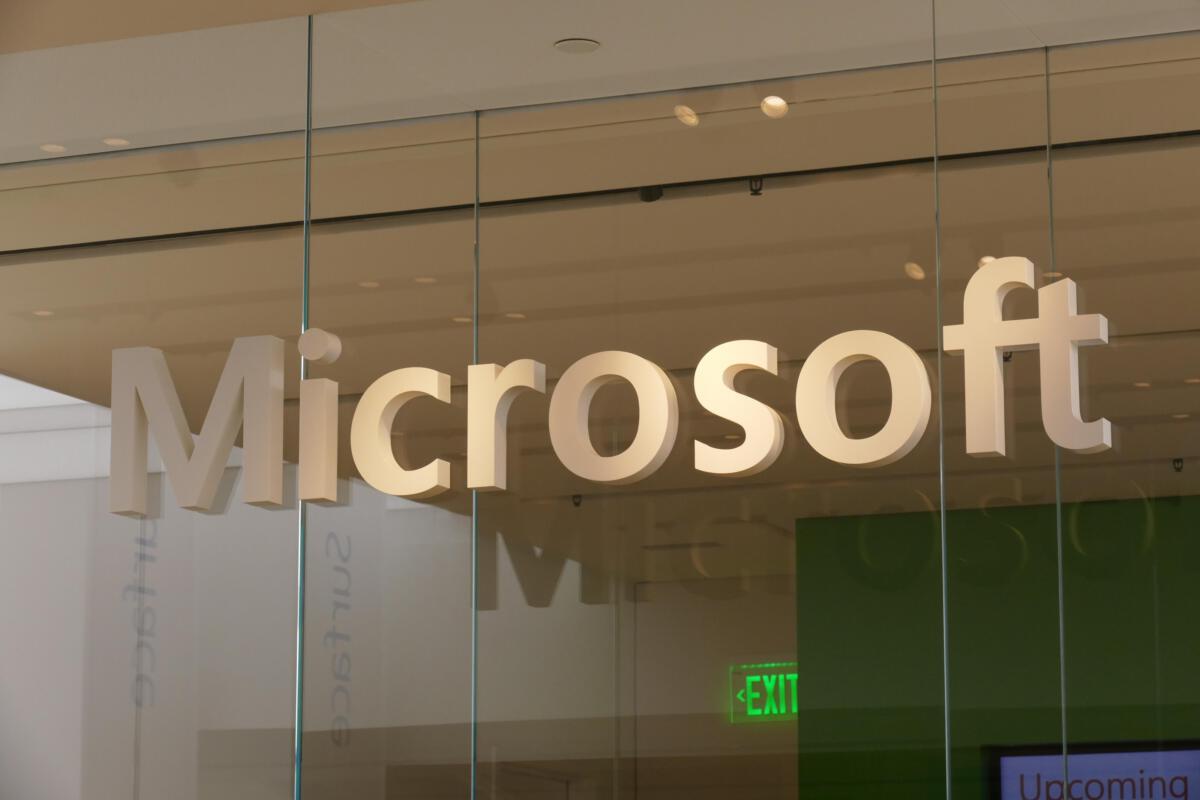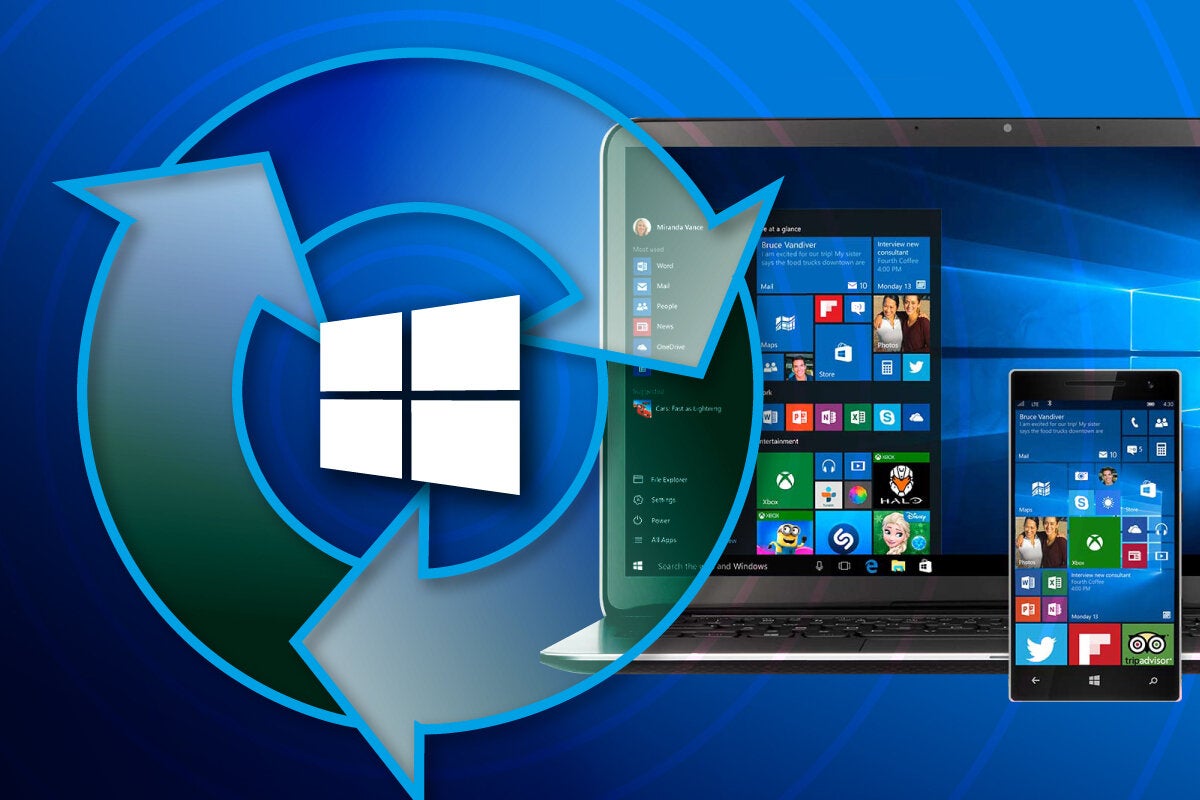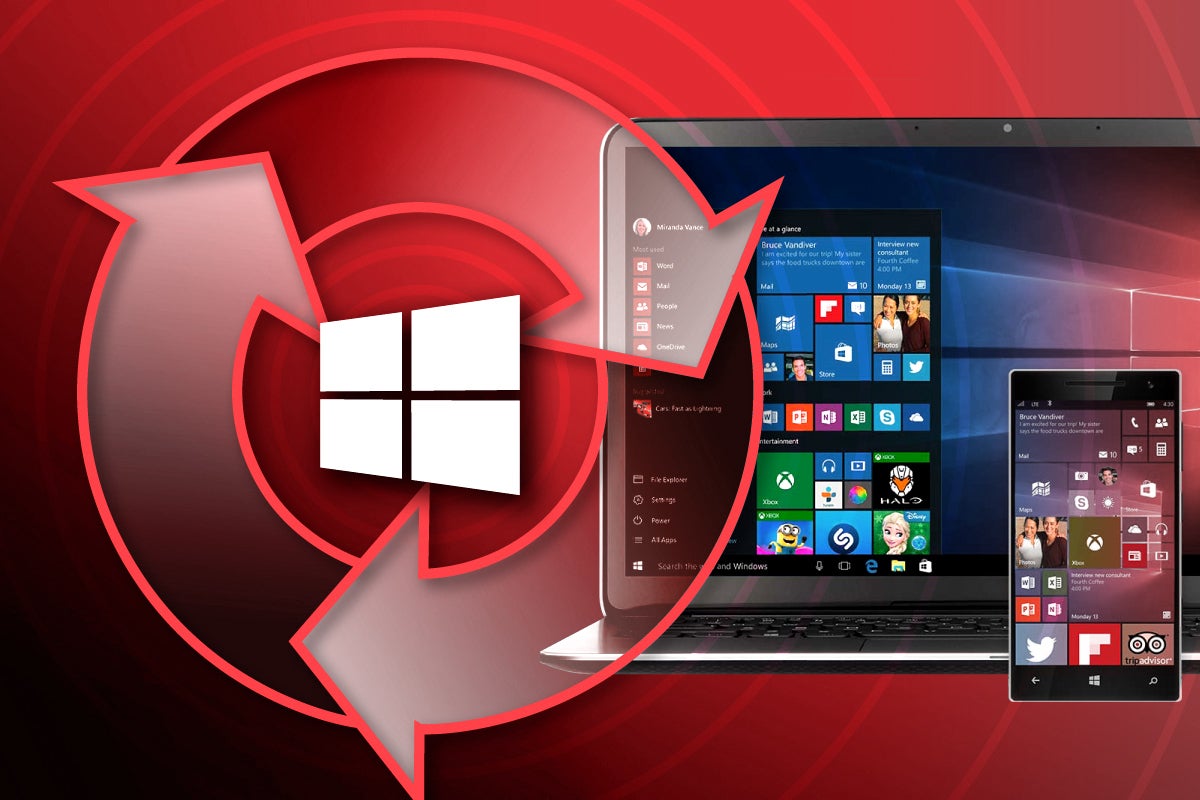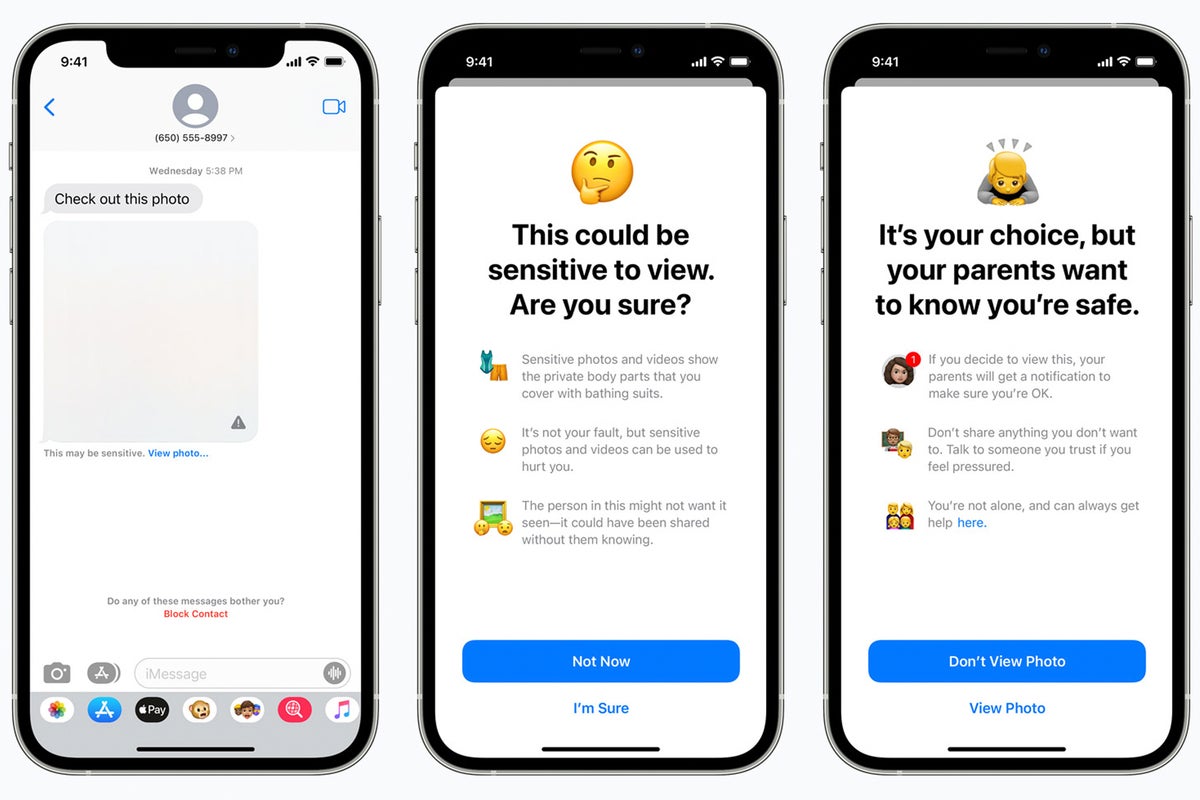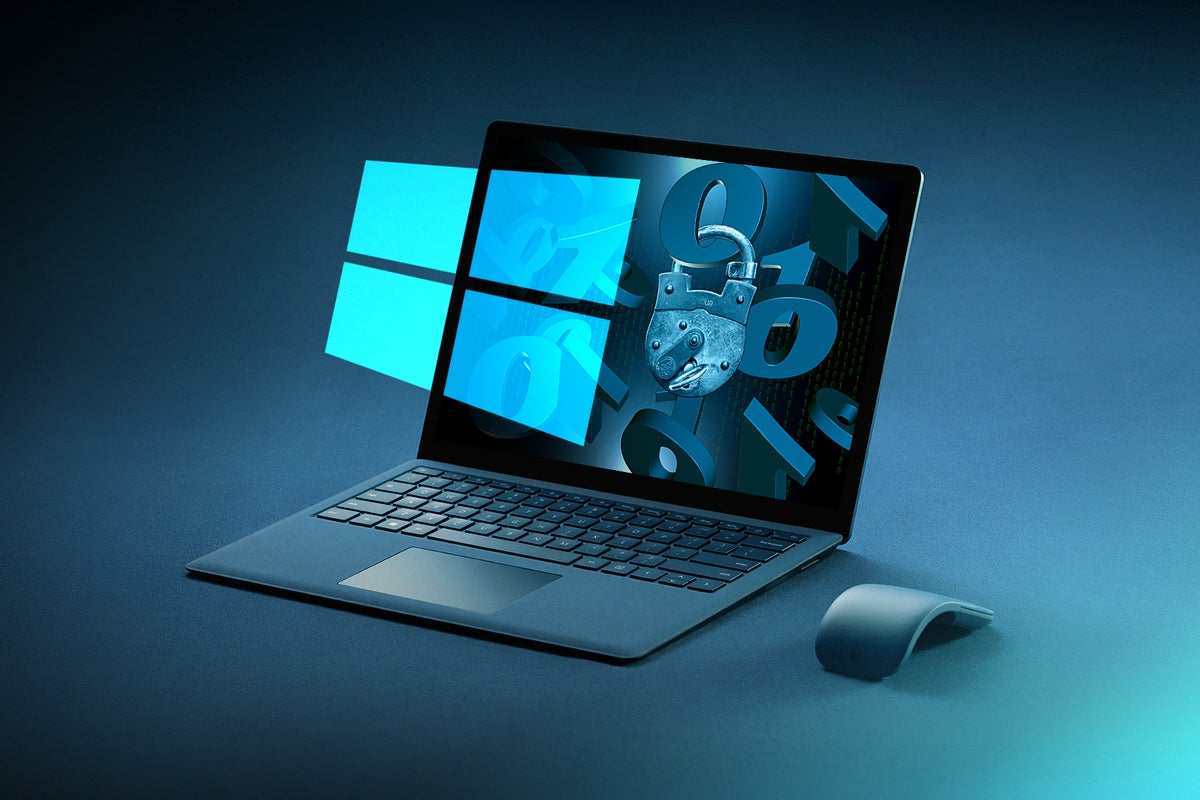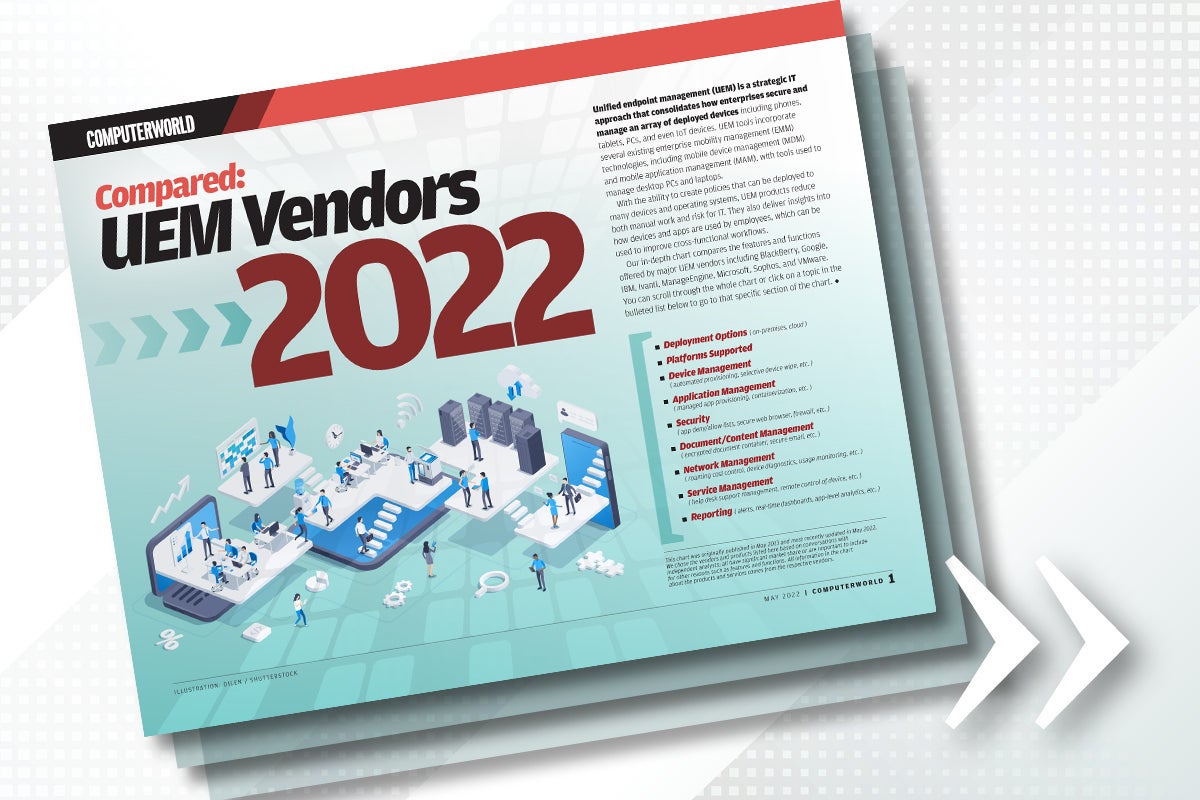DOJ reverses itself, says good-faith security researchers should be left alone

Credit to Author: Evan Schuman| Date: Thu, 26 May 2022 03:02:00 -0700
In a move that could have a major impact on enterprise penetration testing and other cybersecurity tactics, the US Department of Justice last Thursday reversed one of its own policies by telling prosecutors not to prosecute anyone involved in “good-faith security research.”
This is one of those common-sense decisions that makes me far more interested in exploring the original DOJ policy (set in 2014, during the Obama era).
The underlying law at issue is the Computer Fraud and Abuse Act, which made it illegal to access a computer without proper authorization. It was passed in 1986 and has been updated several times since then.

